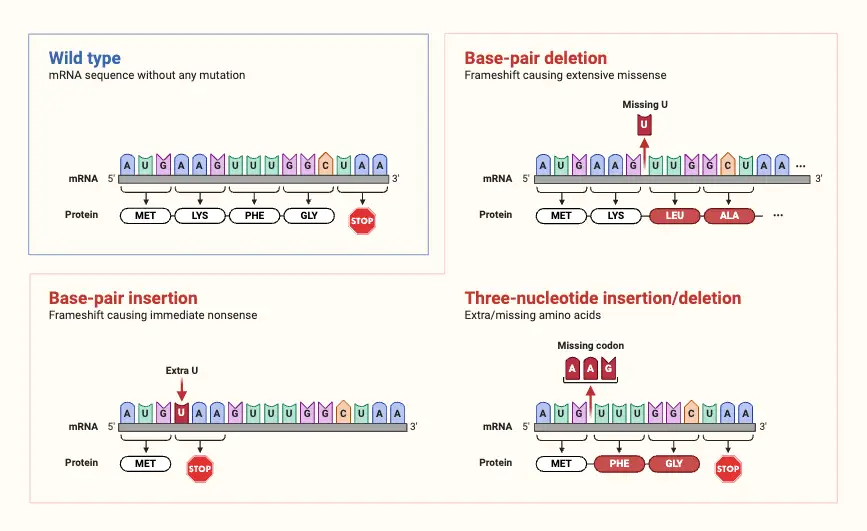Selection Methods For Self pollinated Plants – Breeding self-pollinated species
What are self pollinated Plants? Self-pollinated plants are those that can fertilize themselves without the need for pollen from another plant. This process occurs when pollen from the flower’s own anthers (the part of the flower that produces pollen) transfers to its own stigma (the part of the flower that receives pollen). Self-pollination ensures that … Read more








